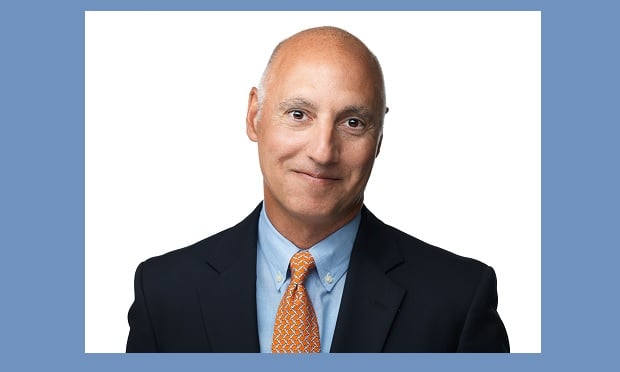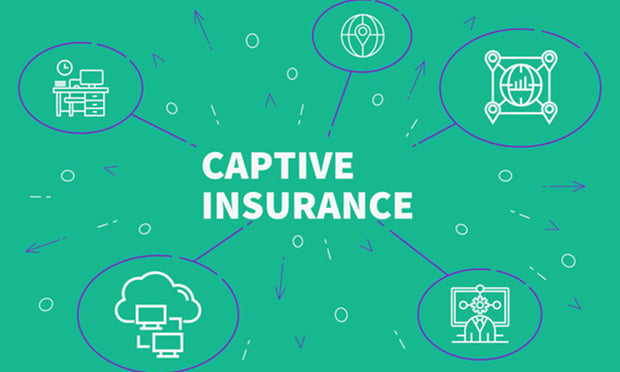While captive-insurance experts contend that the market ishealthy, with solid formations, they also note a variety ofconcerns, including Solvency II, the Dodd-Frank Act and fraud.
|For example, Solvency II creates more capital requirements andgovernance standards, making it “onerous” for owners of captivesdomiciled in Europe, says Nancy L. Gray, regional managing directorof the Americas for Aon Risk Solutions.
| While this won't directly impactU.S.-domiciled captives, there are possible domestic ramifications“from the standpoint that you have a lot of U.S. parents that own acaptive in [Europe] and are being faced with Solvency IIimplications,” Gray adds.
While this won't directly impactU.S.-domiciled captives, there are possible domestic ramifications“from the standpoint that you have a lot of U.S. parents that own acaptive in [Europe] and are being faced with Solvency IIimplications,” Gray adds.
In fact, some with captives in Europe are closing them down,with the domicile of Dublin being “hit very hard,” says Gray, whorecently spoke with an owner who was contemplating shutting downits European captive and expanding its U.S. captive, which islicensed for employee benefits.
|Gray explains that one reason some U.S. companies have captivesdomiciled in the EU is to be able to write locally, because in theEU a local fronting company is required.
|“But there are different ways of structuring it so they couldhave the local front without the captive,” she explains, addingthat if “Solvency II—which is still evolving—takes away all thebenefits of the local-front requirement, then it doesn't make senseto keep that captive operational.”
|MARKET SWING, REGULATORY CONCERNS BOOST BIZ
|Overall, Gray says the captive market, especially in thewell-established domiciles, is seeing an increase in newformations. “It's actually going to be an excellent year in termsof new formations,” she says.
|Some of this, she observes, is a result of risk managers whobelieve the market is going to harden.
|They want a captive in place to deal with any capacity orhard-market conditions they might face—“especially on the propertyside, in case of a bad hurricane season,” Gray says.
|Another issue, she says, is the Dodd-Frank Act and how thatcould potentially affect captives.
|“There has been concern that Dodd-Frank would raise the profileof the self-procurement tax,” Gray says, “because not manycompanies are actually paying it—and states [might] start comingafter captives for the tax.”
|Gary Osborne, president of the USA Risk Group, is also payingclose attention to the potential fallout from Dodd-Frank on theissues of surplus-lines taxes and self-procurement.
|Some captive owners are concluding that “if the majority oftheir premium is in a state and it's a captive state, then theanswer to some of those potential surplus-line/procurement-taxissues could be to [form a captive] in that state and just pay themtheir captive tax,” Osborne says.
|THE IRS, CELL CAPTIVES & FRAUD
|Jay Adkisson, partner with Riser Adkisson LLP and chairman ofthe American Bar Association Committee on Captive Insurance,observes that, overall, captives are doing well and that the IRSoverseer of captives recognizes their legitimacy—“and that's a bigstep forward.”
|He notes, however, a troubling trend he is seeing is in the areaof cell captives and larger group captives—viewed as a low-costalternative to standalone captives.
|Cell captives, he says, have become more popular after theInternal Revenue Service came out with guidance last year. The IRSstated that a cell classified as a separate corporate entity willbe treated like any other corporation, including the ability tomake standalone tax elections.
|While the IRS ruling gives a better idea of how it will treatthem, “there are always unanswered questions, and people are,frankly, very much at risk,” Adkisson says.
|Some captive planners warn that until sufficient case law hasdeveloped on the use of cell captives, they should be viewed withcaution since their benefits at this time are largelytheoretical.
|While most captive planners think that cell captives “shouldwork,” Adkisson says, they nonetheless express concern about thenumerous unknown issues involving this new and untested form ofentity.
|The problem, he explains, is regardless of how the laws aredrafted, “the truth is, we haven't had any court cases, so we don'tknow how they work.”
|This has two ramifications, according to Adkisson: First, peoplein some cell captives are, “frankly, guinea pigs.” The second isthe proliferation of scam captives—people using captives whobasically take in insurance money and keep it.
|Those engaging in a cell-captive arrangement need to considerthat they may be “subjecting their claims to other people andrisking whoever is running the company embezzling the money,”Adkisson says.
|He points out that there have been problems in the past withreinsurance scammers, and that hardcore scammers are now enteringthe captive business “because they see it's a good way to run adisguised pyramid scheme. People put money in and they really don'tknow what goes on behind these companies.” A manager who says hehas paid a claim, for example, may not have really done so.
|As a result, those looking to enter into a group-captivearrangement, as opposed to owning their own captive, need to becareful.
|“Any type of new business entity is like an earthquake zone,”Adkisson says. “You don't know where the fissures are until you'vehad a few major temblors. And you just hope that your house isn'ton top of them as they are being discovered.”
Want to continue reading?
Become a Free PropertyCasualty360 Digital Reader
Your access to unlimited PropertyCasualty360 content isn’t changing.
Once you are an ALM digital member, you’ll receive:
- All PropertyCasualty360.com news coverage, best practices, and in-depth analysis.
- Educational webcasts, resources from industry leaders, and informative newsletters.
- Other award-winning websites including BenefitsPRO.com and ThinkAdvisor.com.
Already have an account? Sign In
© 2024 ALM Global, LLC, All Rights Reserved. Request academic re-use from www.copyright.com. All other uses, submit a request to [email protected]. For more information visit Asset & Logo Licensing.








